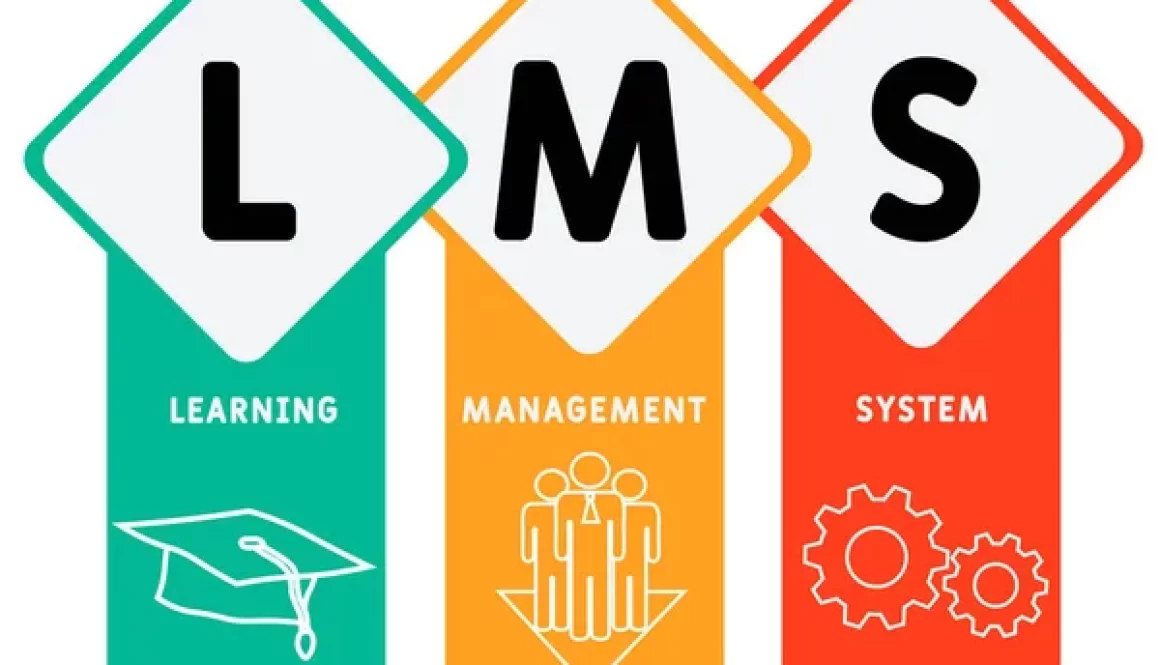LEARNING MANAGEMENT SYSTEM
What is Learning Management System (LMS)?
The term “learning management system” (LMS) refers to a software programme or web-based technology used to design, carry out, and evaluate a particular learning activity. It is one of the best learning management system in education.
History of Learning Management System in education
Sidney Pressey’s creation of the first “teaching machine” led to the development of the first LMS in 1924. With the window displaying the questions, this device resembles a typewriter. With the most recent upgrade in 2012, the LMS is hosted in the cloud, relieving businesses of the responsibility of maintaining internal systems. Since then, ongoing technical development has contributed to significant changes to LMS.
What are learning management systems in education used for?
Numerous organisations, including for-profit businesses and institutes of higher learning, benefit from LMSs. In terms of resources, records, and human capital, knowledge management (KM) is the process of gathering, organising, sharing, and analysing an organization’s knowledge. However, the specific function of the LMS will change depending on the objectives and training plan of the organisation.

